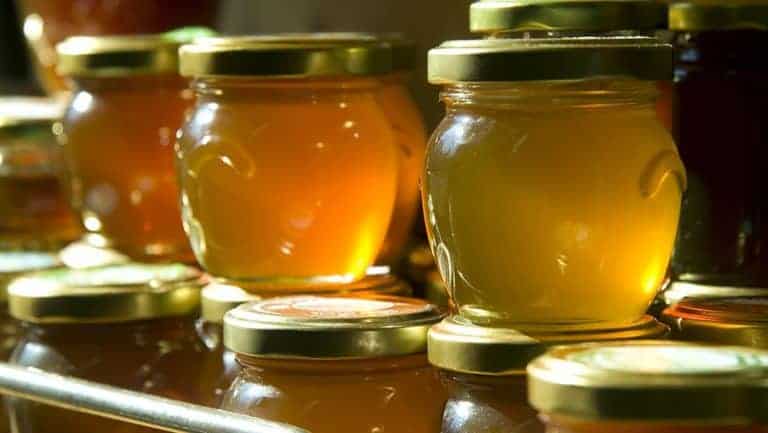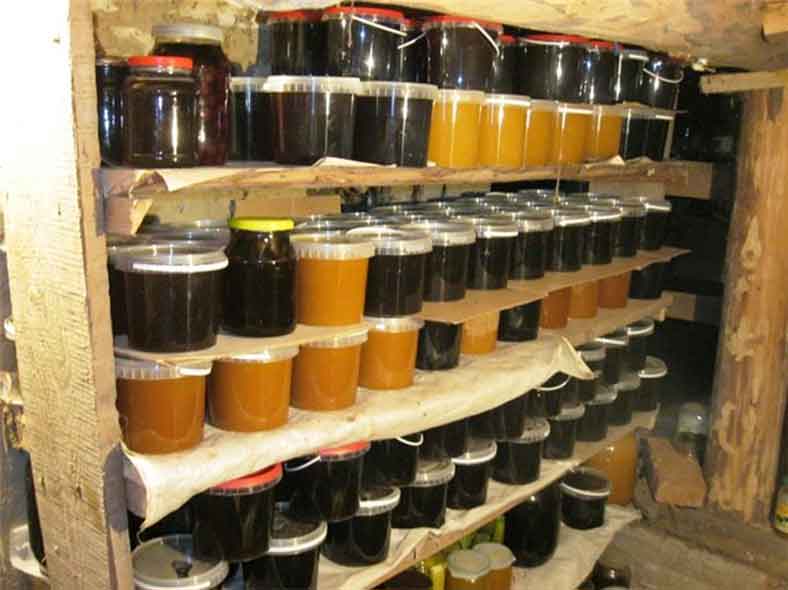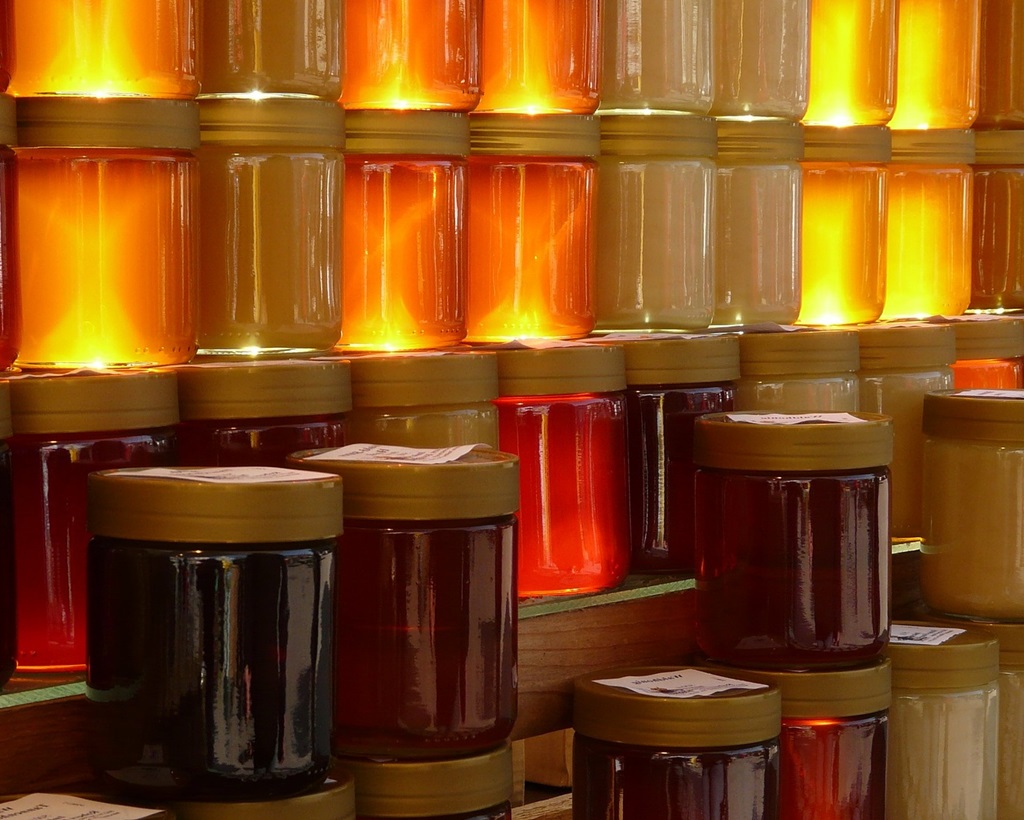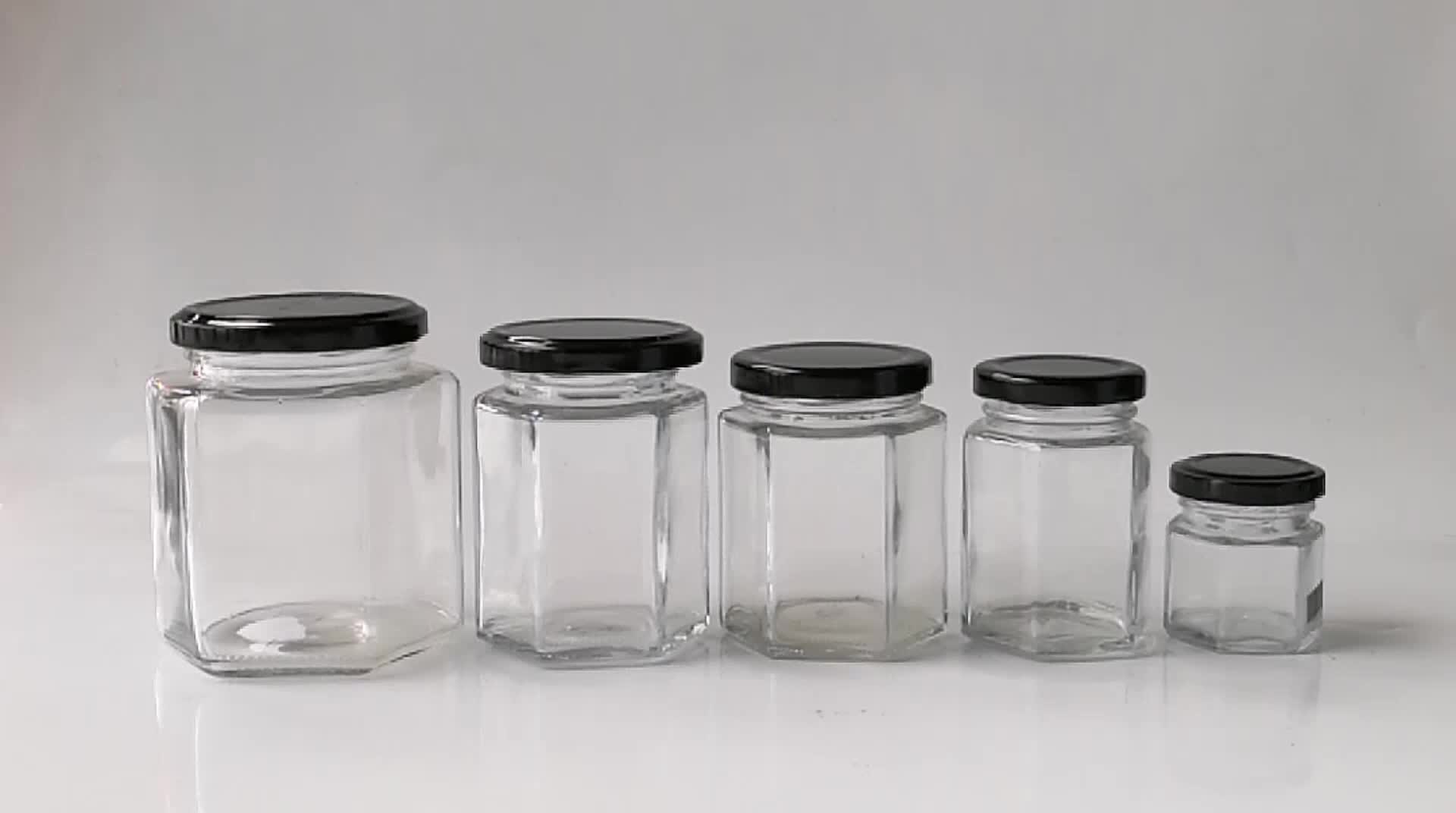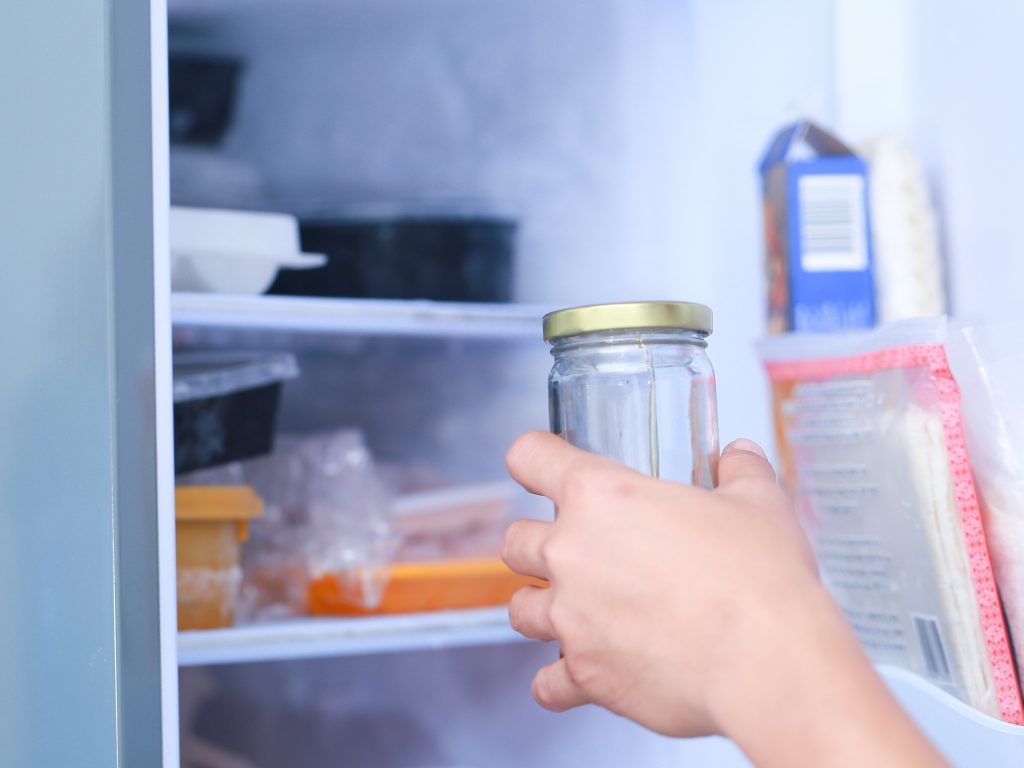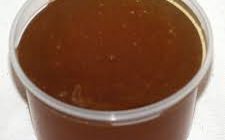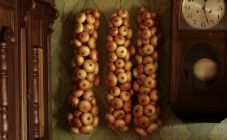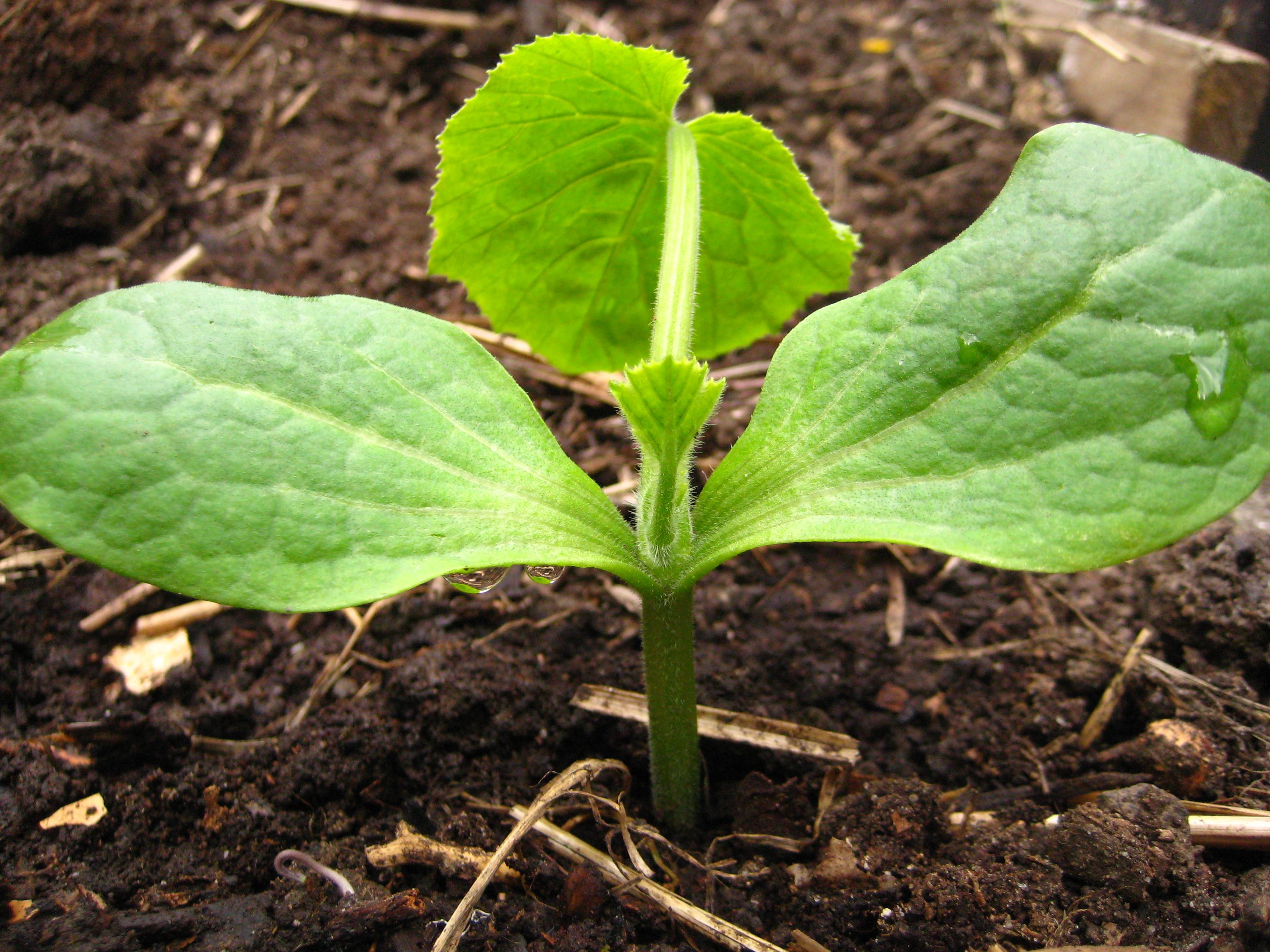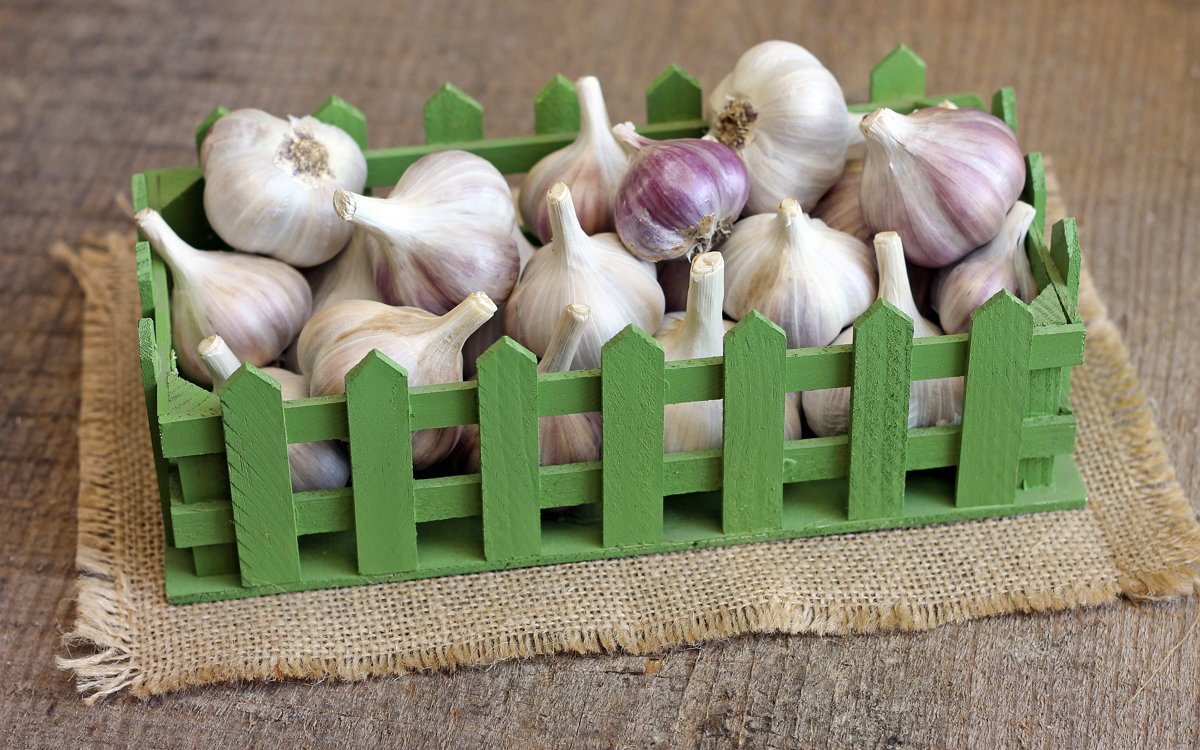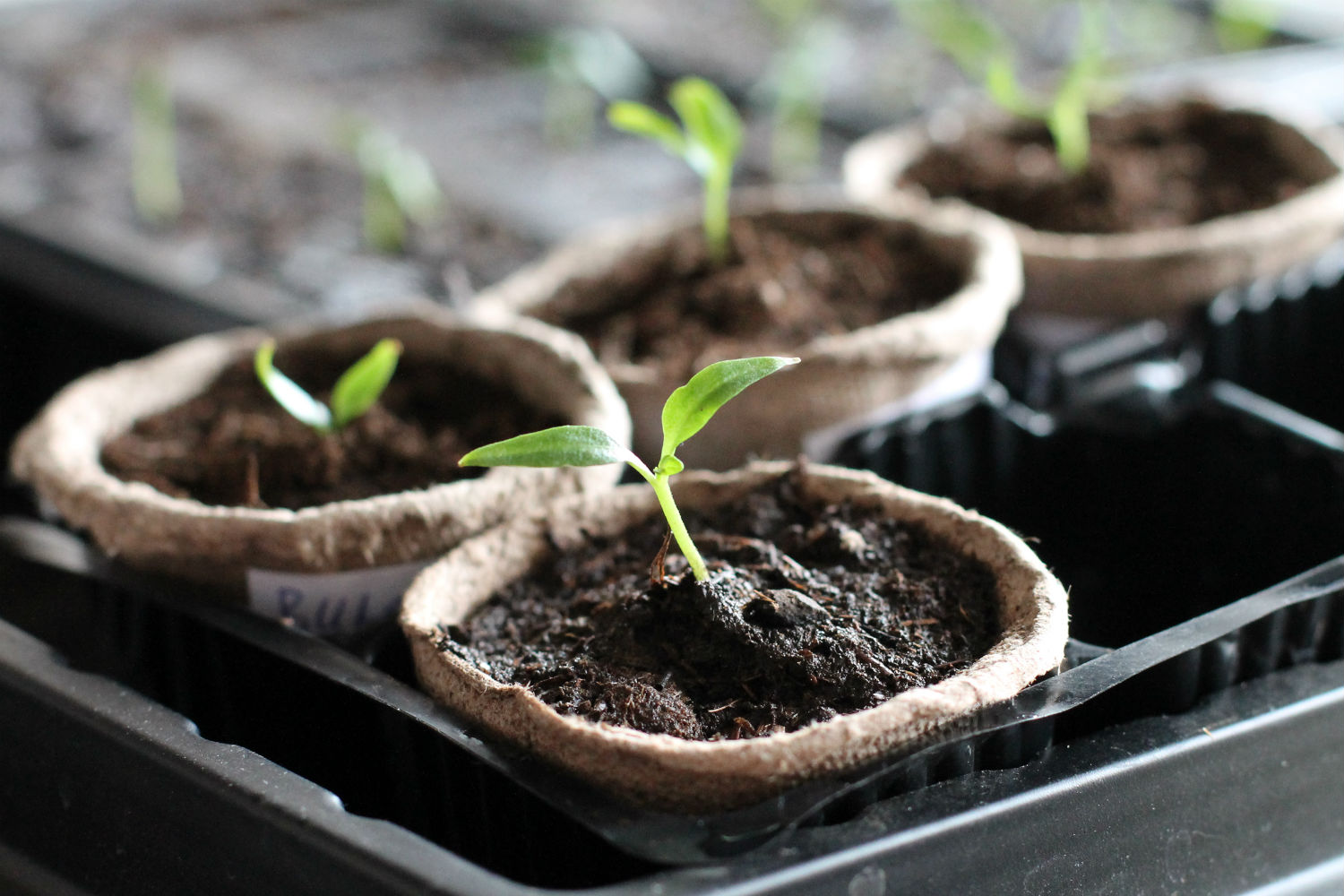Content:
Honey is a unique beekeeping product. Processed by bees, sweet nectar becomes a fortified viscous substance. Honey has a lot of areas of use, but the maximum benefit is achieved when used in its original form. The product is seasonal, so it is very important to learn how to store it correctly in order to be able to support the immune system during colds and winter beriberi.
Where to store honey
Honey is best kept in the hive, the bees themselves maintain the optimum temperature and humidity. Creating ideal conditions in a city apartment is not easy. What the product dislikes should be avoided:
- Direct sunlight (bright lighting).
- Strong odors.
- High humidity (over 60%).
- Interaction with aggressive media (metal, non-food plastic).
The place where you want to store honey should be dark and cool. Cellars and storerooms are well suited for this. Not every modern apartment can boast of such "bonuses". It is cool at home only on the balcony and in the refrigerator.
When storing honey on a glazed balcony (loggia), you should protect the useful product from the sun (put it in a closet). Light and heat lead to the destruction of useful substances in honey.
A significant disadvantage of an uninsulated loggia is the place where honey is stored does not provide a stable temperature and humidity regime. The product alternately freezes at subzero temperatures and thaws with the arrival of a thaw, which negatively affects its structure and useful properties.
The refrigerator is preferable because the temperature in it can be adjusted, but it – not the best storage place:
- Honey quickly thickens, crystallizes and turns into a lump of natural sugar.
- In case of violation of the tightness of the container, it absorbs all food odors and moisture.
Neither option is perfect. Where is it better to store honey in a city apartment so that it does not lose its beneficial properties and remains in a liquid state longer? For small volumes - in a closed cabinet, with opaque doors, away from aromatic spices and heating appliances. If the thermometer in the room rises above + 20 + 25 ° C, then move it to the refrigerator for a while, adjusting the temperature to + 5 ° C.
The most unsuccessful for storing honey in the house is the windowsill, in this place all negative factors are concentrated at once.
It is not recommended to make large supplies of honey in excess of the family's annual need for this product until the next harvest.
What to store
In nature, the best storage container for honey is a honeycomb. The frames with ripe honey are securely sealed with wax. In this form, it can be stored for a very long time without losing its beneficial properties. The beekeepers put the sealed frames in boxes or empty hives, where the viscous amber liquid awaits its fate.
By purchasing honey in combs, the consumer is more likely to buy a natural beekeeping product.Wax honeycombs are not only a perfect vessel for honey, but also a very useful product that can be consumed along with the contents.
Honey in combs is thoroughly chewed, spitting out the remains of foundation. Natural wax helps to strengthen the tooth enamel, has an antimicrobial effect on the oral cavity and whitens teeth.
The opinions of experts regarding the material of the container for storing honey differ. The palm was shared by:
- Ceramic ware for storing honey.
- Glass jars.
- Food grade plastic containers.
- Wooden tuesques.
Ceramic tableware
It has been used for storing honey for more than one millennium. The glazed clay pot is an ideal container for beekeeping products. The walls of the vessel do not let in sunlight, the porous natural material maintains the required temperature and humidity inside. The only requirement is a tight fit of the cover, which is sealed with an elastic band or filled with wax.
Glass jars
The glass jar is the most common and frequently used container for packaging liquid honey. Glass does not react with biologically active honey mass. Honey can retain its useful properties in glass for a very long time, with a securely sealed lid. The main disadvantage of glass is its fragility and weight. The transparent walls of the can allow you to see the product well, but let the sun's rays through. Therefore, honey in glass is wrapped in paper or put away in a cupboard.
Food plastic containers
Plastic is a cheap and convenient alternative to glass and ceramics. Mandatory conditions:
- Food labeling (drawing - glass and fork).
- Manufacturing material - polypropylene (markings: PP, PP, "5").
It is desirable that the plastic container is opaque and not exposed to heating by sunlight or household appliances.
Wood and birch bark
Since ancient times, honey has been stored in birch bark tubs and wooden barrels. Natural materials are well suited for storing a medicinal product, but their cost is very high. In addition, wooden barrels and tubs made of “fragrant” conifers and oak cannot be used as containers for honey (gives a color shade).
Metal containers
Metal utensils are not recommended for storing honey. The product contains active substances that react with metal. The acids contained in the honey mass corrode aluminum, copper and galvanized dishes, forming compounds that are hazardous to human health.
Temperature regime
The temperature for storing honey should not fall below +5 and rise above + 15-18 ° C. In such a microclimate, honey remains liquid and viscous longer.
When the temperature in the storage area exceeds + 18-20 ° C, the process of destruction of vitamins begins in the product. This honey can be used as a high-calorie sweet dessert.
Honey is well stored in the cold, without changing its valuable qualities when frozen for a long time down to -20 ° C.At a storage temperature close to 0, the product can quickly become sugar-coated, and at low temperatures, it freezes.
The product does not tolerate sudden changes in storage conditions. If honey has been frozen, then only the amount of the product that is planned to be consumed in the very near future should be separated and thawed.
It should be noted that crystallization of honey is a natural process characteristic of a quality product. The speed of sugaring is influenced not only by the storage temperature, but also by the composition of the feedstock. Honey thickens quickly with a predominance of buckwheat, linden and sunflower. Acacia, chestnut and honeydew honey varieties are weakly crystallized.
Storage periods
Shelf life for honey purchased in industrial packaging cannot exceed 24 months. According to GOST, honey storage at home is provided for no more than 12 months. Individual varieties, honey with various additives, are stored for about 6-8 months. In this case, we are talking about sealed packaging. After opening the container with the product, you should use it within 1.5-2 months.
Honey is stored for the longest time in sealed combs, subject to temperature and humidity conditions - for years (up to 10-15 years).
The record for conservation belongs to honey, which is more than 3000 years old, discovered by archaeologists in the tomb of Pharaoh Tutankhamun (1333-1323 BC). Surprisingly, the product retained its characteristic taste and smell and was good for consumption.
Honey has good bactericidal and antiviral properties, is rich in enzymes, improves digestion and hematopoiesis. Without exaggeration, this is a precious product, the useful properties of which largely depend on the conditions of its storage. Still, you should not store it a lot and for a long period, so as not to worry about its safety.
